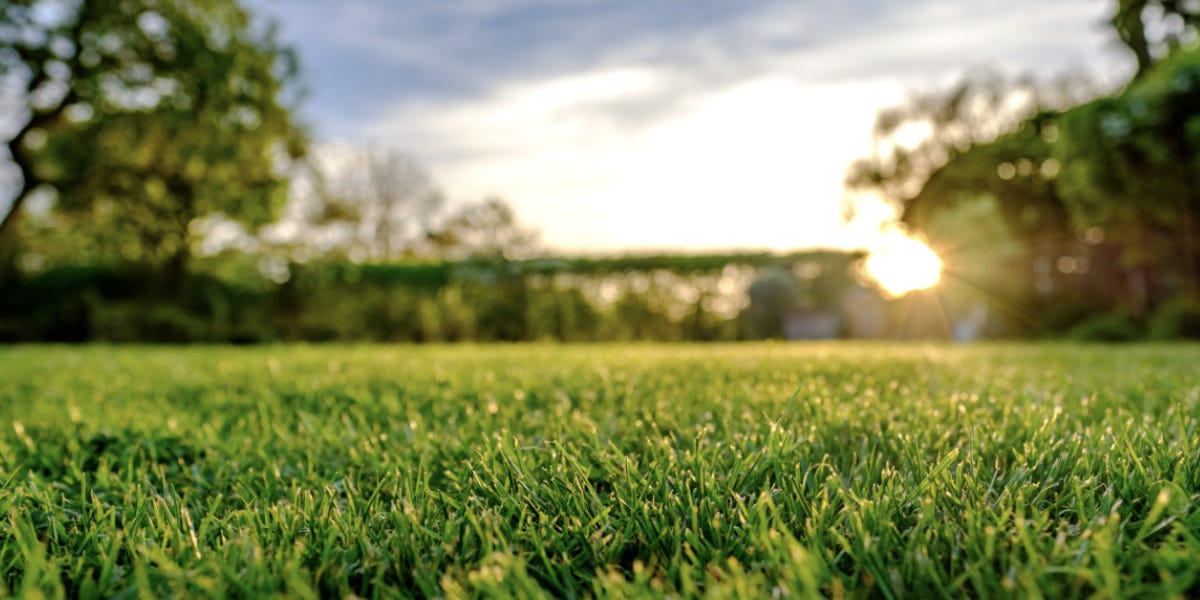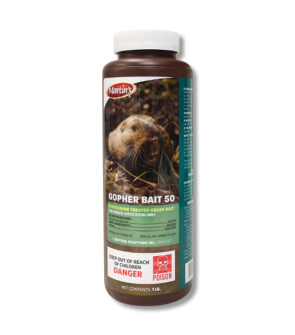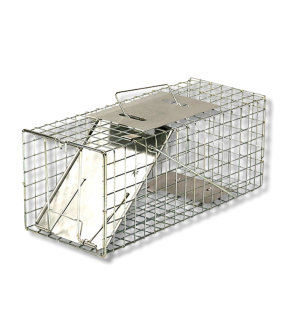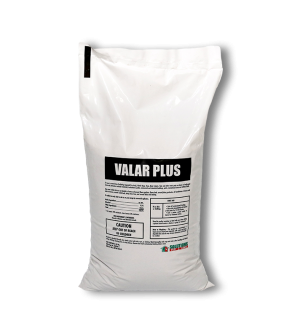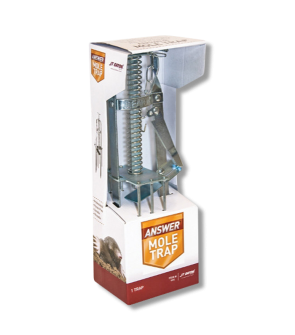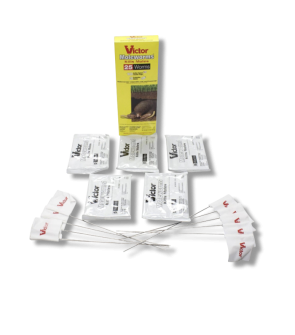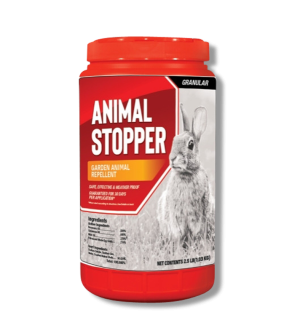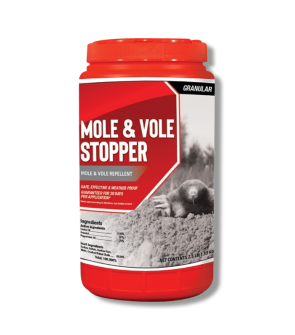Wildlife in Lawn
Most Effective Products
Common Wildlife in Lawns
Finding random holes or tunnel-like holes throughout your home’s lawn signals a type of wild animal in your property. The most common wildlife to damage lawns are groundhogs, moles, pocket gophers, skunks, and voles.
There are multiple reasons for these animal behaviors. The most common one being is the search for food, mainly worms, grubs, or to feed on the underground roots of plants. And if they are successful then they will return time and time again.
Learning to recognize damages and about each species inflicting these damages can help to save your lawn without costly repairs. The answers to these questions can be found in this professional article.
While following these guidelines, local and state laws are still present and must be followed. It is recommended for the homeowner to visit their local animal control office or state website to visit proper rules and regulations associated with the control of wildlife.
If you are not seeing a pest listed here then contact our customer service team by phone, email, or in-person at one of our store locations for professional recommendations.
Groundhogs
Groundhogs, also called woodchucks, are notorious feasters of lawns.
Aside from feeding on turf, these animals also create tunnels that can damage lawns, potential underground irrigation systems, and weaken building foundations.
Identification
 Groundhogs are compact and chunky animals covered in grizzled brownish-gray fur. They also have short tails and legs as well as large prominent front teeth.
Groundhogs are compact and chunky animals covered in grizzled brownish-gray fur. They also have short tails and legs as well as large prominent front teeth.
Inspection

Groundhogs like to make their tunnels in hedgerows, landscape, areas with tall vegetation, along fences, gardens or crops, and open grassy areas in lawns.
Treatment
Step 1: Maintain Lawn
 Since groundhogs like to take shelter in secluded or grassy areas you will need to eliminate these food and habit sources.
Since groundhogs like to take shelter in secluded or grassy areas you will need to eliminate these food and habit sources.
To reduce the amount of groundhog activity in your yard, begin by mowing when the turf reaches its appropriate height.
Pick up fallen fruit and nuts in your yard. Be sure to control spillage from bird feeders or remove them completely.
Prune overgrown shrubbery and trees so vegetation is not as thick to provide cover for groundhogs.
Step 2: Set Baited Traps

To physically remove these animals from your lawn, we recommend using the Solutions Humane Live Animal Trap.
The Solutions Humane Live Animal Trap is a box style trap that captures both small and large animals like groundhogs without physical harm. Use the medium or large size of this product for groundhogs.
Bait the trap with apple slices, carrots, or lettuce to entice them to enter.
Place the baited traps close to the burrow entrance or where they like to travel such as in areas with wood or rock piles, and thick vegetation.
After positioning the bait inside the trap, set the trap door open by pushing on the door lock and lifting the door plate. Keep the door plate lifted while pulling the trigger arm forward to set it. You will know the trap is set when the trigger arm's hook catches the door.
Step 3: Apply Repellents
Encourage groundhogs to leave your lawn by using repellents.
Animal Stopper Granular Repellent is a natural granular animal repellent that protects your property and stops animals from burrowing for up to 30 days.
Shake the product container well before using then apply liberally to the areas you wish to protect. Be sure to also apply to the groundhog burrows and as a perimeter treatment around the plants they are visiting.
Repeat applications as needed, usually every 30 days.
Moles
Moles are animals that live primarily in the ground and create feeding tunnels as they seek out earthworms, grubs, beetles, snails, slugs, and other insect pests.
Despite the aesthetic issues in lawns, their tunnels can weaken the soil around foundations increasing the risk of water or foundation damages.
Identification
Moles are small animals with cylindrical bodies, velvety black to gray colored fur, and very small eyes and ears. They also have short tails, piglike snouts, and large claws.
Inspection

Treatment
Step 1: Eliminate Food Source

Valar Plus Bifenthrin Granules is a granular insecticide that treats many different types of lawn and landscape pests like grubs, millipedes, and crickets.
Determine how much Valar Plus to use by measuring the square footage of the treatment area. To do this, measure the length and width of the treatment area in feet then multiply them together (length X width = square footage).
For general lawn applications and perimeter pest control, use 2.3 lbs. of Valar Plus Bifenthrin Granules per 1,000 sq. ft. You will need to use a push or broadcast spreader to make applications.
To apply, walk at an even pace once across the treatment area. Then again, in a separate perpendicular pass to achieve uniform coverage.
Water the treated areas with up to 0.5 inches of water directly following application to activate the granules.
Step 2: Use Repellents
Use mole repellents to make your lawn less desirable for moles. This will help to push them out faster without killing them.
Mole & Vole Stopper Granular Repellent is an organic, granular product that irritates the mole sense of smell and taste from areas treated with this product.
Apply Mole & Vole Stopper Granular Repellent liberally to dens, tunnels, entries and plants that need protection. When using near edible crops, apply a perimeter application.
This product can be used near your garden, landscape, and parts of your property that you do not want moles to visit.
Reapply when 30 days have passed after application.
Step 3: Set Traps

Answer Mechanical Mole Trap is a harpoon style mole trap that kills moles passing through their tunnels underground.
Locate active mole tunnels and surface burrows that have been recently excavated. To ensure that the tunnels and burrows are active, simply try poking around with a long stick on the top of these surface burrows.
If you poke the tunnels with the stick and the dirt beneath these burrows and tunnels give away easily with no effort, then you have found a mole tunnel.
After determining they are active, let 2 days pass so they are not spooked.
Set your trap by carefully leveling the surface burrow and injecting your trap into the ground with the safety in place so you can insert it deeply into the burrow safely.
Once the trap has been inserted deep into the ground and on top of the burrow, making sure the trigger pan touches the top of the surface burrow, release the safety and allow the spikes to penetrate the tunnel.
You can move the spikes up and down to create small holes and to make sure that when the trap is sprung, the spikes won’t be obstructed as they spring downward.
Wait a few days to see if a mole has been killed by the trap and dispose of it properly.
Step 4: Apply Baits

Victor Moleworms is a lethal mole bait specially formulated to kill moles and stop their tunneling damages in areas such as residential yards and ornamental gardens. After eating the fake worm, the mole will die in 24 hours.
Open the tunnel shaft and drop one Victor Moleworm into it then reclose it with dirt. Repeat this process for every 5 to 10 feet of active tunnels.
Five days after placing Victor Moleworms into the active tunnels, reopen the tunnels to see if they remain open for the next 48 hours to indicate if moles are dead. If tunnel openings are recovered, then reapply this product until the mole is deceased.
Pocket Gophers
Pocket gophers are prolific diggers that create elaborate tunnels below the lawn.
Another undesirable trait of this pest is their ability to destroy plant bulbs, eat roots, and pull down above-ground plants to eat.
Identification

They have somewhat visible, yet small ears, tiny eyes, and very large front teeth. They also have short, hairless tails.
Inspection

Treatment
Step 1: Apply Baits

Martin’s Gopher Bait 50 (Strychnin) is a lethal grain bait that kills pocket gophers within a few hours after ingestion. It can only be used below-ground in their tunnels.
Determine which tunnel is active by probing it with a metal rod or stick. If it goes in easy then you are in the main active tunnel.
Apply 1 teaspoon of Martin's Gopher Bait 50 into the burrow system, using a long-handled spoon if necessary.
Cover up the tunnel back up with soil without disturbing it. Do not permit soil to cover bait.
Skunks
A skunk's presence in yards evokes a wide range of emotions. They leave behind not only lingering odors, but also upturned turf from their digging activities.
These animals can also get into trash cans or invade homes and garages.
Identification
Skunks are small to medium sized animals that have black and white markings. Its tail is bushy and long and they also have a small head with a pointed snout.
Inspection

Treatment
Step 1: Set the Trap
After you have eliminated the animal's food source, set out the Solutions Humane Live Animal Trap. Use the medium size of this trap for skunks.
Put this trap in the direct pathway of the skunks' walkways. Avoid placing traps in middle of fields or exposed spaces.
For live trapping a larger animal like a skunk, you may need to weigh your trap down or secure it by tying it to a tree or fencepost. Once trapped, a skunk may be able to tip the trap.
To set the trap, first push down the trap door lock and lift the cage door. Keep the trap's door lifted while pulling the trigger arm forward to set it. You can tell the trap is set when the hook at the front is holding onto the front cage door and remaining open without you holding onto it.
Carefully place food such as sardines or meat (food with strong odors) as bait at the back of the cage behind the trigger plate to encourage the skunk to step further into the trap.
Voles
When it comes to voles, just a small number of these can wreak havoc in your lawn due to their tunneling.
As they dig through the soil in search of food, they destroy plant roots weakening the grass or plant above. They can also drag an entire plant underground to eat it, making visible gaps in landscapes.
Identification
Voles are mouse-like creatures, small and blackish to grayish brown in color. They have round, compact bodies, small ears, and short tails.
Inspection

Treatment
Step 1: Eliminate Food Sources

Remove thatch, leaf litter, mulch, and other plant debris that can support feeding activities.
Keep up with regular lawn mowing and removal of weeds to reduce cover for voles.
Step 2: Apply Traps

Place the traps perpendicular to runways used by voles. Pieces of apples covered with peanut butter or a fruit-like paste can be used as bait for voles.
Set the bait at the back of the trap behind the trigger place when you have determined where to apply it.
You will then set your trap by pushing on the door lock and lifting the door plate. Keep the door plate lifted while pulling the trigger arm forward to set it. You will know it is set when the trigger arm's hook catches the door.
Monitor the set trap frequently, at least twice a day, preferably once in the morning and once in the evening.
Key Takeaways
What Animals is Digging up Your Lawn
- Most common animals to dig or burrow into lawns are groundhogs, moles, pocket gophers, skunks, and voles.
What Does a Skunk Hole Look Like
- A skunk hole will be at least 4 inches deep and 4-6 inches wide.
How to Prevent Animals From Tunneling in Yard
- To prevent animals that feed on insects like grubs, we recommend making applications of Valar Plus Bifenthrin Granules lawn pests.
